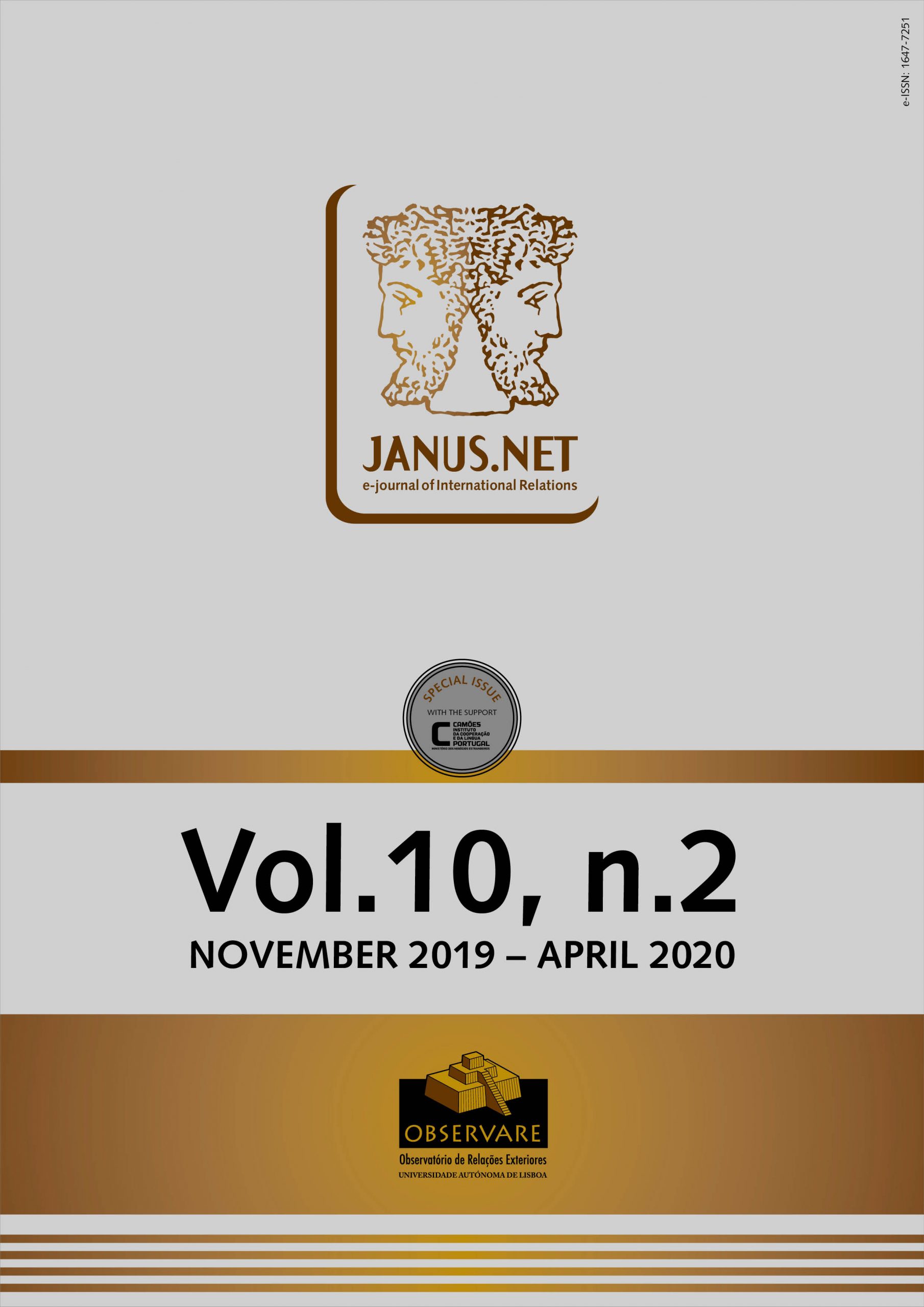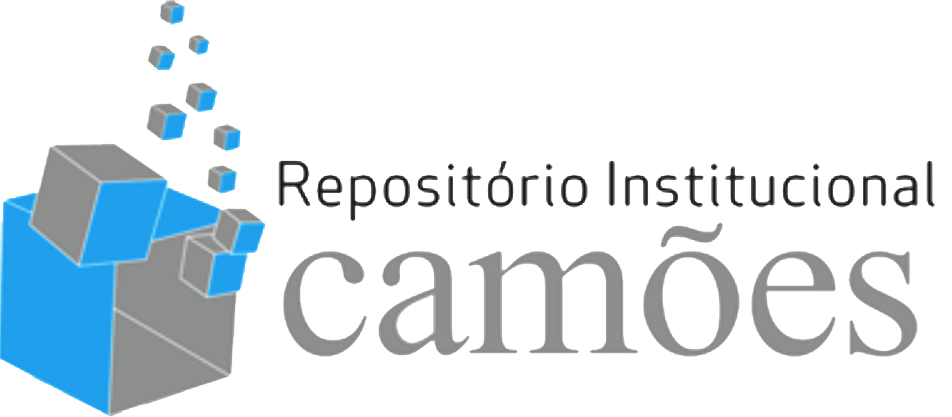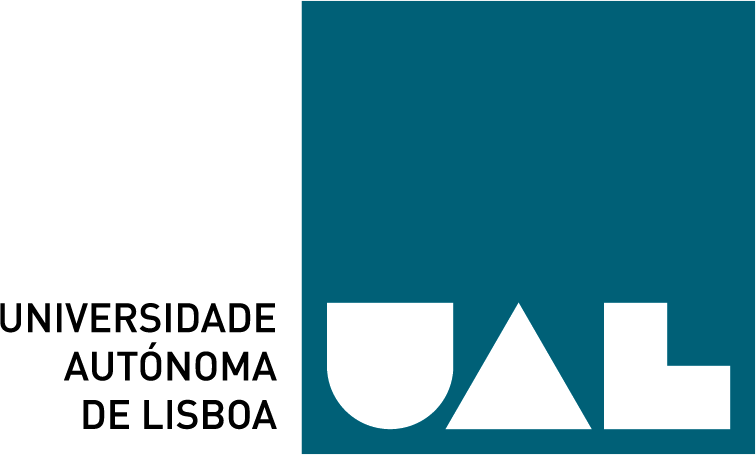The Three Seas Initiative (I3M) is an ambitious geopolitical project comprising twelve EU Member States located between the Baltic Sea, the Black Sea and the Adriatic Sea: from North to South, a wide range encompassing Estonia, Latvia, Lithuania, Poland, Czech Republic, Slovakia, Hungary, Austria, Romania, Bulgaria, Slovenia and Croatia. It is a region with more than 25% of the EU’s territory and about 22% of its population, but with a much lower economic representation. I3M aims to promote the development of central European infrastructures with a view to bringing this region closer to the economic development levels of other European countries. The I3M aimed for development of large projects of regional infrastructure in three major fields: energy, transport (road and rail) and the digital field (communications). The geopolitical importance of this project is immediately evident from the fact that many of these countries are landlocked states with no access to the sea. These infrastructures will now give them access to three seas and thus contribute to greater independence and room for maneuver in their policies. This region, situated in the center of the European continent, one of the main energy markets of the future, is also the scene of a very strong trade struggle between Russia, with its natural gas supplies, and the US, with its growing production of shale gas. The projects launched by I3M are therefore of greater economic and geopolitical importance, although they still have to ensure appropriate funding. Although the Three Seas Fund (TSF) was created), with a duration of 30 years and which aims to secure a financing of 100 billion euros (from an initial investment of the Member States in the amount of 5 billion euros), The truth is that much will depend on the support given by the EU and the countries interested in these projects, such as the US and China (link to the silk route). Some European countries have seen the birth of this Initiative with some suspicion, such as Germany, which has increasingly been focusing on Nordstream II, and Russia, which accuse their promoters of representing US interests on the European continent. Regardless of the controversies raised, I3M seems to be a form of regional cooperation that makes perfect sense and fully integrates into the spirit of European integration, seeking for its peoples the same development as the other Member States.
THE 3 SEAS INITIATIVE: GEOPOLITICS AND INFRASTRUCTURE
Master in Strategy and Under-graduation in International Relations. National Defense Course and Advanced Geopolitics Studies Course. Former Director of Bilateral Relations Services at the Ministry of National Defense (Portugal). Consultant for the companies Gaporsul and Kyron Consultores. He is currently senior technician at the Directorate of International Relations of the General Directorate for National Defense Policy.
Resumo
Palavras-chave
Como citar este artigo
Calheiros, Bernardo (2019). “The 3 Seas Initiative: Geopolitics and Infrastructure”. JANUS.NET e-journal of International Relations, Vol. 10, N.º 2, November 2019-April 2020. Consulted [online] on the date of the last visit, https://doi.org/10.26619/1647-7251.10.2.8
Article received on 17 September, 2019 and accepted for publication on 1 October, 2019















